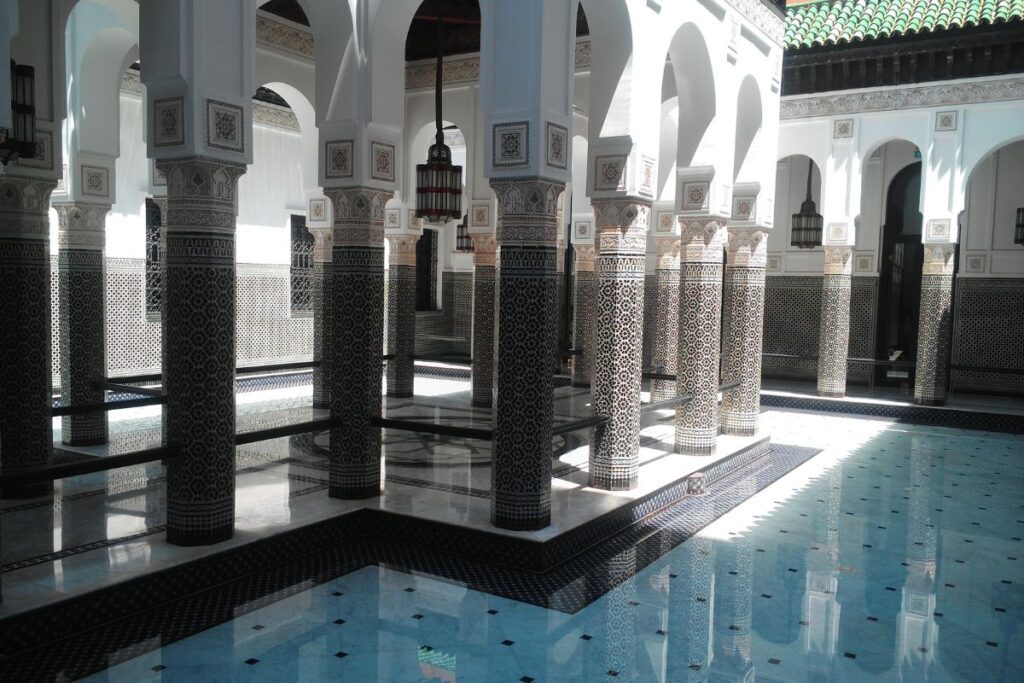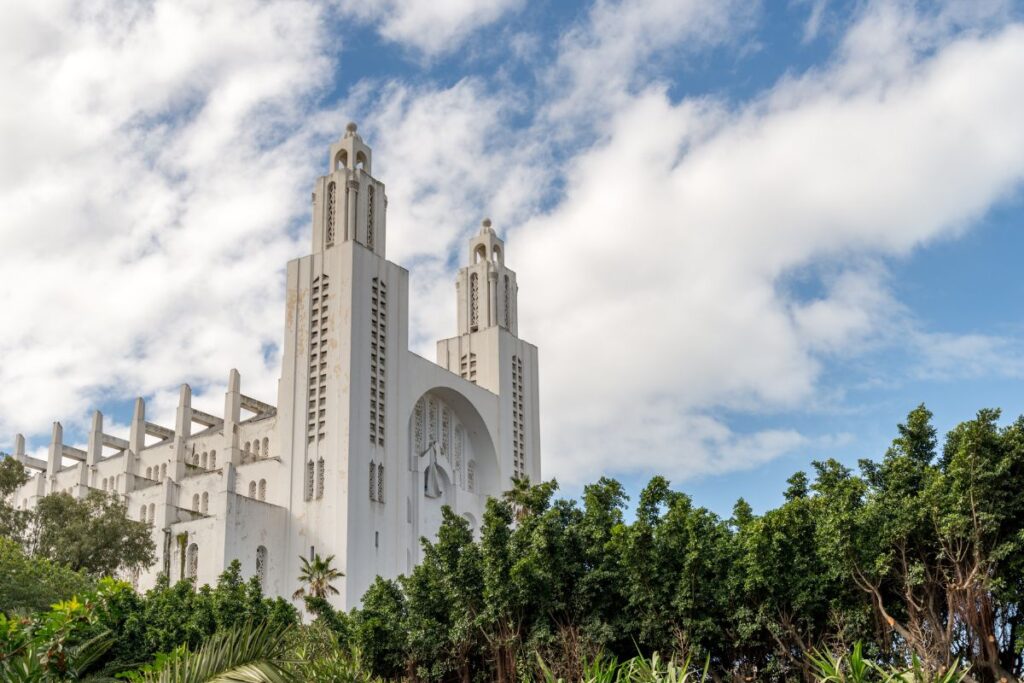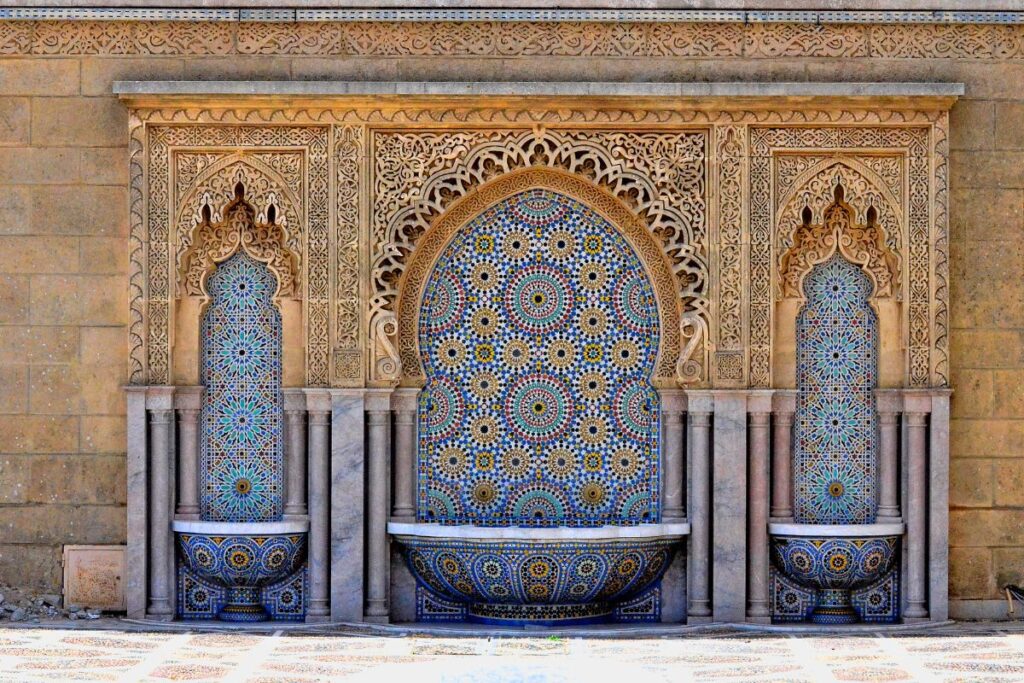Travel Guide to Morocco. You want to go to Morocco but don’t even know where to start … What must you bring? What language do they speak in Morocco? Is It safe? How much will you spend? Do you need a visa to travel to Morocco? And vaccines?
MOROCCO المغرب
This country will make your senses vibrate at their maximum power, It is a country full of stimuli, aromas, colors, textures, sounds and flavors that will shake you up and that will be difficult to forget. The colors of the buildings will differ from the start. Some have red architecture like those of Marrakech. Others are dyed blue, like CHEFCHAOUEN. Its people change in each place. You will find nomads, who are silent but wise people, and even merchants who are boisterous and talk to you non-stop. You will have endless views of mountains of sand in the desert and endless landscapes with the sea in front.
DO YOU NEED A VISA TO TRAVEL TO MOROCCO?

As a tourist, you can stay up to three months. Check this page to find the visa information: DO YOU NEED VISA?
CLIMATE IN MOROCCO
Morocco has various climates. It is Mediterranean on its coasts and in the interior, it has more extreme climates with harsh winters that sometimes reach below 0 and very suffocating summers above 35 ° C. If you are considering when to visit Morocco, everything will depend on the region you want to visit. Spring is the best time to visit the country when the trees bloom and the landscapes show all their beauty.
THE MONTH OF RAMADAN IN MOROCCO
It is the month when Muslims, by their faith and beliefs, practice daily fasting from dawn until the sun goes down. Every year the month in which ‘Ramadan’ is notable changes around the lunar month. Check the year in which you will go. You can notice that the people are less stressed; perhaps it is a good time to go since everyone is very formal and refrains from selling. They are less insistent. You breathe an air of peace.
Bear in mind that many restaurants will be closed at noon. It is advisable not to eat or drink in public places in full view of them out of respect. All the museums and tourist attractions on these dates are open to the public, but the opening hours may be shorter. Consider these factors as you consult this travel guide to Morocco to plan your itinerary.
WHAT IS THE LANGUAGE IN MOROCCO?

To make the most of your trip to Morocco, it’s helpful to have a travel guide to Morocco. The languages are Arabic, Tamazight (Berbere Language) and French. But do not worry if you do not speak any of the above. Moroccans are surprisingly for polyglots. Almost all speak Spanish and English very well.
WHAT CURRENCY DO THEY USE IN MOROCCO?
Its currency is the dirham. Usually, the money change is 1 euro = 10 dirham and 1 dollar = 8 dirham. We recommend making withdrawals through the cashier. There are many ATMs and it is more secure. You can also change money there, but remember there are no exchange houses in the Medinas.
Remember that Moroccan gastronomy is known for its vibrant flavors, various spices and very low prices. They can vary between 10 to 15 euros per day. We explain each dish a little and with some prices usually available in Moroccan restaurants. This travel guide to Morocco can help you navigate the culinary scene and discover new and delicious dishes.
WHAT TO EAT IN MOROCCO?
Tajine : They are like stews. They can be chicken, lamb, beef, vegetables (for vegetarians), etc. 50/70 dirham (5/7 euros).
Couscous: This is a dish based on wheat semolina. 30/50 dirham.
Harira: Traditional soup based on meat, tomatoes and legumes. 10 dirham.
Bread: They come in all sizes and are delicious, between 1 to 2 dirhams each.
Briwat: Small triangles made of puff pastry filled with almonds. And other spectacular sweets. Between 2 to 8 dirhams.
Orange juice: Between 10 to 15 dirhams
Mint tea or Moorish tea: 5/10 dirham
Small bottled water : 3 dirham
HOW TO GET AROUND IN MOROCCO?
Inside the city
It is best to walk as everything is close. If you are going to move outside the Medina to relatively close areas, We recommend the following:
Buses: For public use, 4 to 8 dirhams for the ticket (depending on the city), and the drivers are friendly and will guide you.
Small Taxi: They mostly have a meter, and the color of the Taxi changes depending of the city, for example, in Marrakech Brown, Casablanca Red.
Out of the city
To travel from one city to another, You have the following alternatives :
Grand Taxi: They are larger cars, primarily white, shared with up to 6 people. They travel long distances. Fares are fixed per destination and passengers pay in equal parts. Ask before going up.
Buses: They are cheap, they leave from a central station where you can buy tickets directly.
There are several companies but we recommend CTM that is safer and go direct.
Luggage: Remember that you will have to pay an extra 5 dirhams for your luggage if it is small and a large maximum of 10 dirhams if you choose to travel by bus.
Trains: Most northern cities have a station where they buy their tickets, the trains are good and comfortable, and they also have first and second class.
WHAT ARE THE MEDINA “S”?

As a part of this travel guide to Morocco, it is important to note that the term Medina in Arabic is “city”. Currently, the “ancient cities” are usually walled and separated from the modern city, called “Ville Nouvelle” in french.
The best thing is to stay in these ancient cities and go sightseeing there.
What is the best time to visit Morocco?
The best time to visit Morocco is spring (March to May) or fall (September to November) when the weather is mild and pleasant.
Do I need a visa to visit Morocco?
It depends on your nationality. Some countries require a visa to enter Morocco, while others can enter without a visa for up to 90 days. Check with the Moroccan embassy or consulate in your country for more information. This travel guide to Morocco can help you navigate the visa process and other important aspects of your trip.
What is the local currency in Morocco?
The local currency in Morocco is the Moroccan Dirham (MAD). You can exchange your currency at banks or exchange offices in major cities.
Is it safe to travel to Morocco?
Morocco is generally a safe country to travel to, but it is always important to take precautions like avoiding unfamiliar areas at night and keeping an eye on your belongings.
What are the top tourist destinations in Morocco?
Some of the top tourist destinations in Morocco include Marrakech, Fez, Casablanca, Chefchaouen, and the Sahara Desert.
What are some cultural customs and traditions to be aware of in Morocco?
Some cultural customs and traditions in Morocco include removing shoes before entering a home or mosque, greeting people with “salam alaykum” (peace be upon you), and using the right hand for eating and shaking hands.
What is the best way to get around Morocco?
The best way to get around Morocco is through public transportation, such as trains or buses. Taxis and rental cars are also available, but it is important to negotiate prices beforehand.
What are some traditional Moroccan crafts?
Traditional Moroccan crafts include pottery, leather goods, textiles, and metalwork. These can be found in the souks (markets) throughout the country.
Is bargaining common in Morocco?
Yes, bargaining is common in Morocco, especially in the souks. It is expected that you negotiate the price with vendors.This “Travel Guide to Morocco” can offer additional tips for navigating the marketplaces and getting the best deals.
What is the voltage and electrical plug type used in Morocco?
The voltage in Morocco is 220-240V, and the plug type is C and E (European plug). It is recommended to bring a universal adapter if you plan to bring electronic devices.

